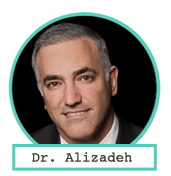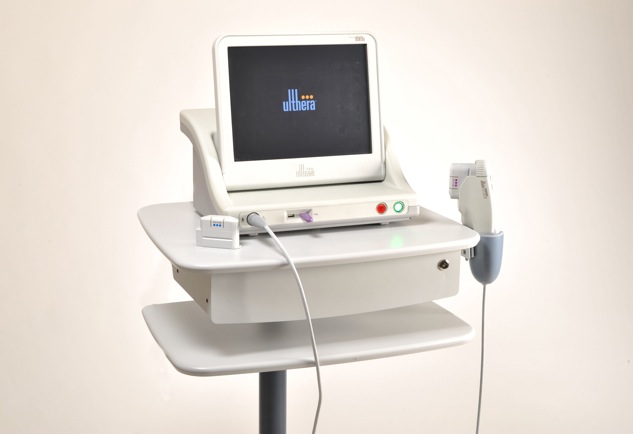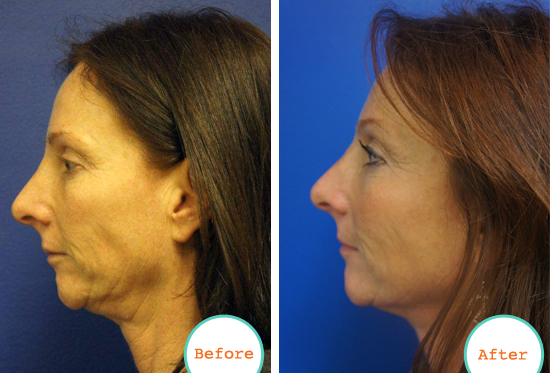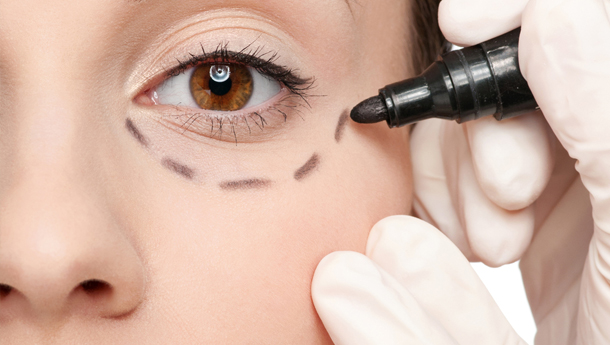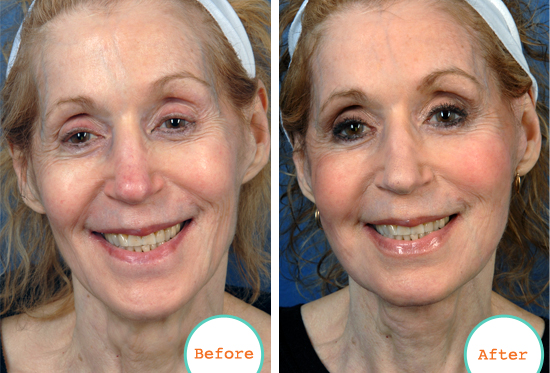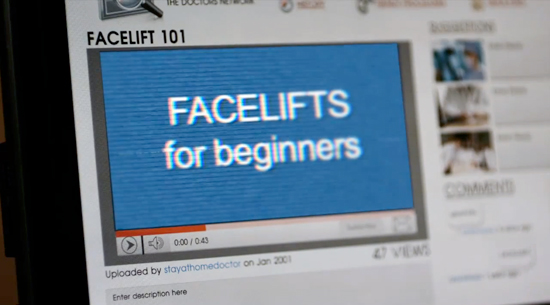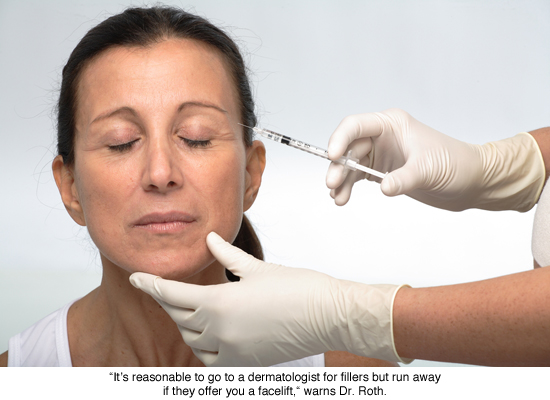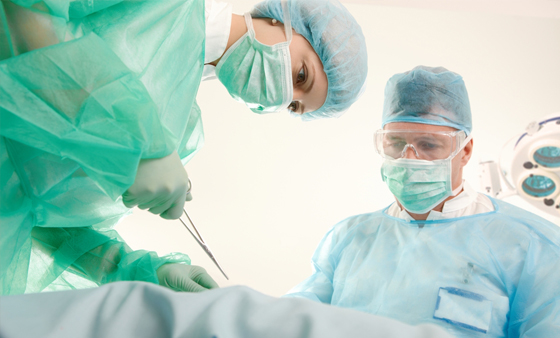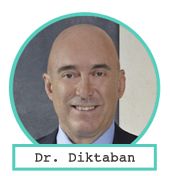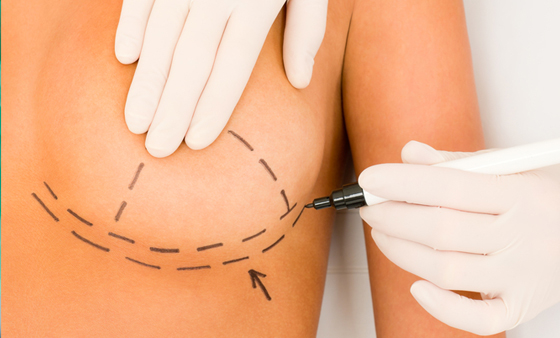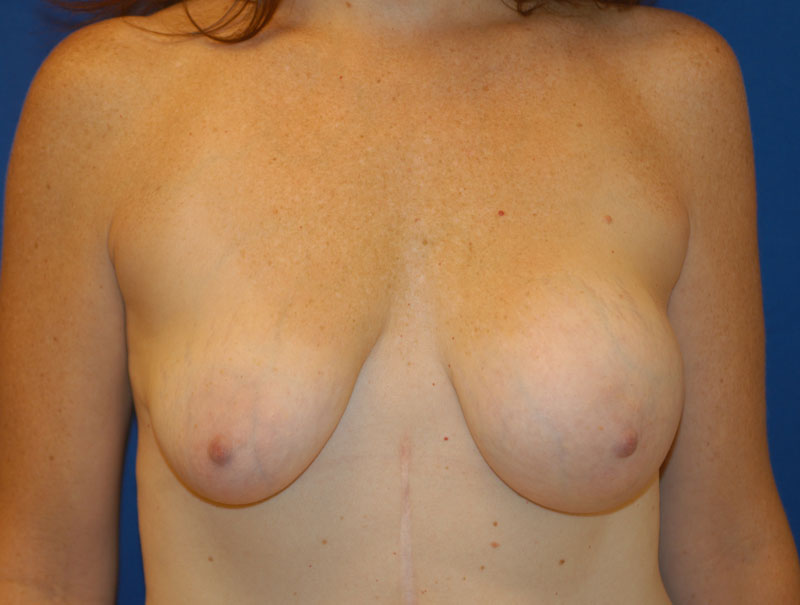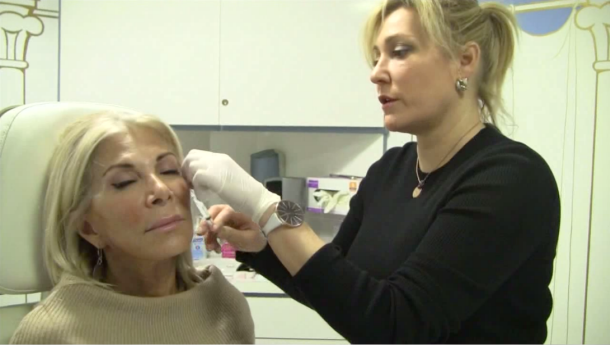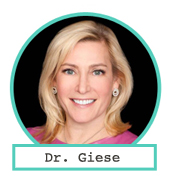The Roads to a Yummy-Looking Tummy: A Conversation With Dr. Tommaso Addona

![]()
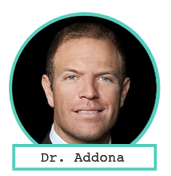
Many FOFs hate their tummies. Can you make it simple for us to understand the options if we want to change the look of our tummies?
OK, I’ll start with the non-surgical option and move up to the most invasive treatments. I’ll also tell you about the ideal candidates for each procedure.
- CoolSculpting: This has become a hot new procedure in the last couple of years. We don’t create any incisions or openings in the skin. Basically, a suction cup device freezes fat and helps us contour small, limited areas of the body. Love handles are a great indication for this. Heavy patients aren’t candidates. Non Invasive: Level 0
- Liposuction & body contouring: This treatment eliminates irritating fat in limited, finite locations, such as the upper belly, love handles and thighs.
It’s not for women who have loose hanging skin anywhere around the belly. This includes those who had children and lost elasticity in their tummies or those who gained and lost weight and their skin can’t return to its normal form. The amount of elasticity varies with each of us, but the older we get, the more we lose elasticity. Invasive: Level 5
- Mini-tummy tuck, full tummy tuck, and lower body lift: These are your three options if you want to remove loose hanging skin around the belly.
- You’re a perfect candidate for a mini-tummy tuck, accompanied by liposuction, if you have a limited area of hanging skin, let’s say from the belly button to the pubic region, and some areas of troublesome fat. The procedure takes roughly 1.5 to 2 hours. Invasive: Level 7; this creates a glorified Caesarian section scar.
- Full tummy tuck: This procedure removes far more skin, repositions the belly button, and tightens the musculature. We work on the six-pack muscles that go straight up and down the belly, from your waist to your rib cage. They may have spread apart and stretched due to childbirth, weight and age, creating a wider mid section and less defined abdomen.
This two-to-three-hour procedure creates a longer horizontal scar on the lower part of the belly than with a mini-tummy tuck. The scar goes from hip to hip, but is always below the underwear line. Invasive: Level 8
Please define the belly area for us.
The belly is from below your breasts down to your public area; some women have more fat above the belly button, some below since the way fat is deposited varies from patient to patient.
How do you tell whether a woman needs a full or a mini-tummy tuck?
On exam, we pinch from a patient’s belly button down to her pubic area. If we can grab the whole amount of skin in one pinch, the patient usually is a good candidate for a full tummy tuck. But it does vary from woman to woman.
- Lower body lift (LBL) or body contouring: This is the most involved procedure and encompasses a full tummy tuck from the front and also removes skin from the back to re-contour the upper buttocks. It is mostly used on patients who have lost a great deal of weight, either through surgery or on their own. Invasive: Level 9.
I’ve heard the term ‘high lateral tension abdominoplasty.’ Is that the same as lower body lift?
There are different names for comparable procedures. What it’s called depends on where you place the sutures; HLT’s encompass the tummy but also the outer thigh. We smooth out and re-contour that area and place the scar a little higher, but still take into account that more women are wearing lower-riding jeans and underwear than they did 20 years ago.
Many of us have gone away from the name HLT and transitioned to LBL, but the procedure you do varies from patient to patient.
From your perspective, as a young man and a doctor, what do you think is happening to FOF’S in the area of plastic surgery?
The population is acting younger as it’s getting older. You see it in athletes, too. They’re participating in their sports during their late 30s and early 40s; years ago, they were retired by that time. Also, people in general are taking better care of themselves and feeling better. A woman who is in her 40s, 50s and 60s has eaten right, taken good care of herself, exercised, perhaps raised children. Now she’s come to a point where she’s ready to seek a surgical solution for an area that’s been bothering her and she has the time and resources to take care of it. She’s spent her life taking care of others and now she wants to take care of herself.
I have an 80-year-old patient coming in to have Botox and Scupltra for the first time. She teaches a sculpting class; she’s dating someone; she’s active in her neighborhood. And she lost some volume in her face and feels she’d like to have Botox and Sculptra. For the first time in her life, she knows she has options.
Do women also have cosmetic surgery so they can attract more men?
I don’t see that as much in women who are in the 40s, 50s and 60s. Some women in the 30s, however, say they just ended a relationship and want to do something to help them move forward.
Who will you turn away if she wants surgery?
I don’t do cosmetic procedures on women who smoke, have diabetes, or are cardiac patients. These put you at risk for improper fluid draining, wound healing and other complications. I wouldn’t recommend an elective procedure without medical clearance.
Is liposuction an answer for losing weight?
No. First, you should optimize your body mass index if it’s above 30. You’re better off getting it down by exercising and eating right. It also will optimize your outcome when you have surgery.
Do women make mistakes when they choose docs?
Women in general in NY are pretty savvy when it comes to finding physicians and rarely will go with a doctor who isn’t referred or recommended. But if you go to a non-board certified doctor, and there are complications, they can’t manage and help you. Everything might be hunky dory, until there are complications. It would be equivalent to me performing a neurosurgical procedure.
Many dermatologists work with fillers. Is it better to see a dermatologist or a plastic surgeon for this non-invasive procedure?
Both types of doctors can responsibly inject fillers, but generally, we have greater depth and knowledge of a patient’s anatomy than a dermatologist. If a patient is interested in fillers, but I think she’s best served with a one-time surgical procedure, I will be frank with her. We can offer the whole gamut: Fillers and surgical procedures.
What would you recommend I say to a woman to convince her to at least have a consultation with you? Let’s say she’s scared of surgery, she doesn’t want to look like Joan Rivers, or she doesn’t have the money.
My aunt is a great example: She’s 55 and at this point she’d like to have some work done, but she has a little fear about surgery. I told her: ‘You don’t commit simply by going in to speak to someone. It’s just a conversation. If you develop a rapport, that’s great. You’ll get more information, at the very least.’ We also work with plans that help women finance procedures.
Although the taboo of plastic surgery has been removed, I’d never try to convince a patient to have an elective procedure.
Is there a new rule of thumb to follow when you’re considering plastic surgery?
Less is more. Avoid the wind blown approach.
![]()

Dr. Tommaso Addona
New York Plastic Surgical Group
999 Franklin Avenue, Suite 400
Garden City, New York 11530
Click here for more locations.
Tel: (516) 504-3014
Fax: (516) 742-4716
Click here to view Dr. Addona’s profile.
![]()



